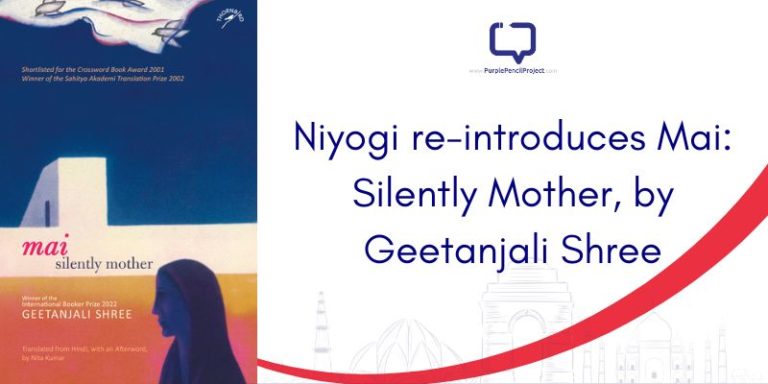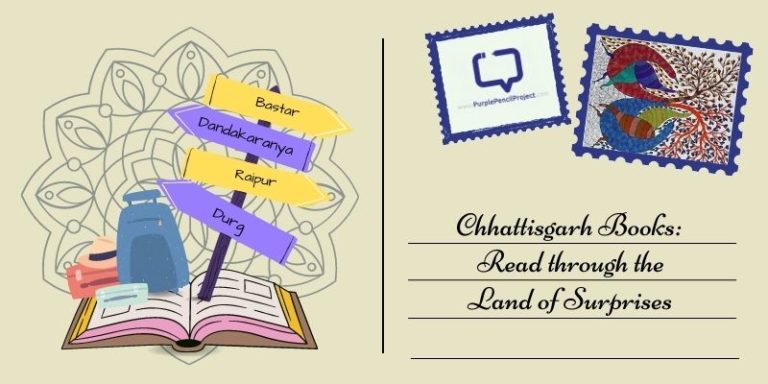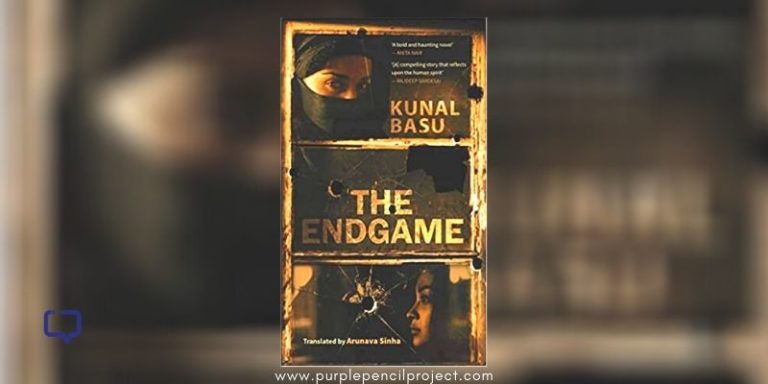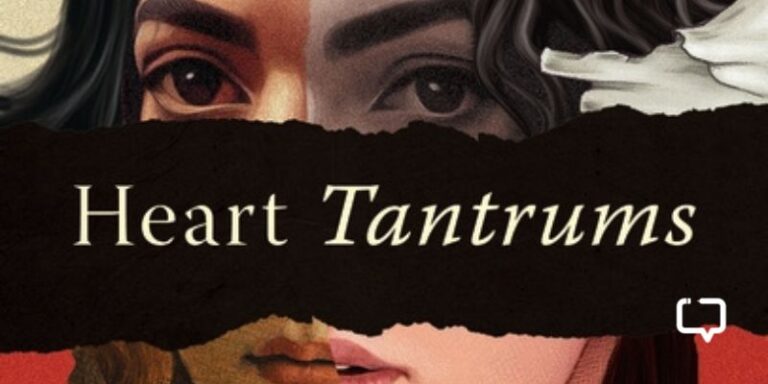Darkness is an anthology of Marathi horror stories written by Ratnakar Matkari and translated by Vikrant Pande, characterized by their unpredictability.
We encourage you to buy books from a local bookstore. If that is not possible, please use the links on the page and support us. Thank you.
I love wandering in the pulpier lanes of literature now and then. When I came across The Moving Shadow, an anthology of Bengali Pulp Fiction by Arunava Sinha a few months ago, it sparked my interest in horror stories. I followed it with Indigo, a collection of tales by the maestro Satyajit Ray (also available in Marathi). I was looking for something in a similar vein when I came across Darkness by Ratnakar Matkari.
Darkness is a collection of 18 short horror stories written originally in Marathi and translated into English by Vikrant Pande. These take readers into a realm of the unknown and the unexplained. The stories in Darkness are populated with a variety of characters and creatures – a child who can predict anyone’s date of death; vampires; ghosts; spirits; people who visit from parallel worlds; shape-lifters and more.
All the stories in the collection are short and crisp. They are plot-centric and almost always with a sting in their tail. The reader is often lulled into a sense of complacency as she reads, sure that she knows what is going to happen. But the end attempts to turn the story – and the reader’s expectations – on its head (sometimes successfully, other times not so much) and deliver a sense of pleasure with this twist.
Most of these stories are more supernatural and paranormal than jump-scare horror. They take elements like ghosts and spirits from their traditional settings (again, defying expectations) and situate them in otherwise innocuous surroundings. This enhances the impact of the tale, like when we read about ghosts, spirits, and other unexplained events in broad daylight rather than in their home ground of twilight.
It’s not just the timing, but also the setting of these horror stories. The events and incidents that make the plot take place everywhere, from birthday parties, and offices, to the more familiar surroundings of dark bungalows and isolation. Even when Matkari uses the traditional motifs of horror, such as a woman wearing a white saree as she stands on the road at midnight, he manages to give it a unique spin. This makes the stories stand out and memorable for the reader.
The book cover design befits the genre, though not necessarily all the stories.
The glitch
However, like many anthologies, Darkness is also marred by its unevenness. Neither are all the stories equally spooky nor are the twists always unpredictable. One of the motifs that Matkari repeatedly uses in these horror stories is that of the ‘dream’. It has been used in the titular story Darkness, in The Swing and in Between Strangers. Unfortunately, none of these achieves the thrill level of the others.
Because there are 18 stories, it may seem that some lose their zing because the reader gets used to expecting some kind of twist. Reading them all at once may take away some of the wow factors. I also wish the book had given the original dates of publication of each story.
All in all, though, Darkness is one of those anthologies that should be read if you are a fan of the genre. The stories which stood out for me were Birthday, By the Clock, Monsoon Guest, Vampire, and The Man on the Bridge.






















